Local cooperative thrives to support North Cotabato rubber farmers
By Rex M. Rubio
Establishing a farmer’s cooperative needs commitment to strengthen the flock despite adversities. The journey of Banisilan Rubber Farmers’ Agrarian Reform Beneficiaries Cooperative (BARFABC), located at Purok 5, Barangay Gastav, Banisilan in North Cotabato is proof that no one can put a group’s down if the people managing it have the heart of a mighty knight for the farmers.
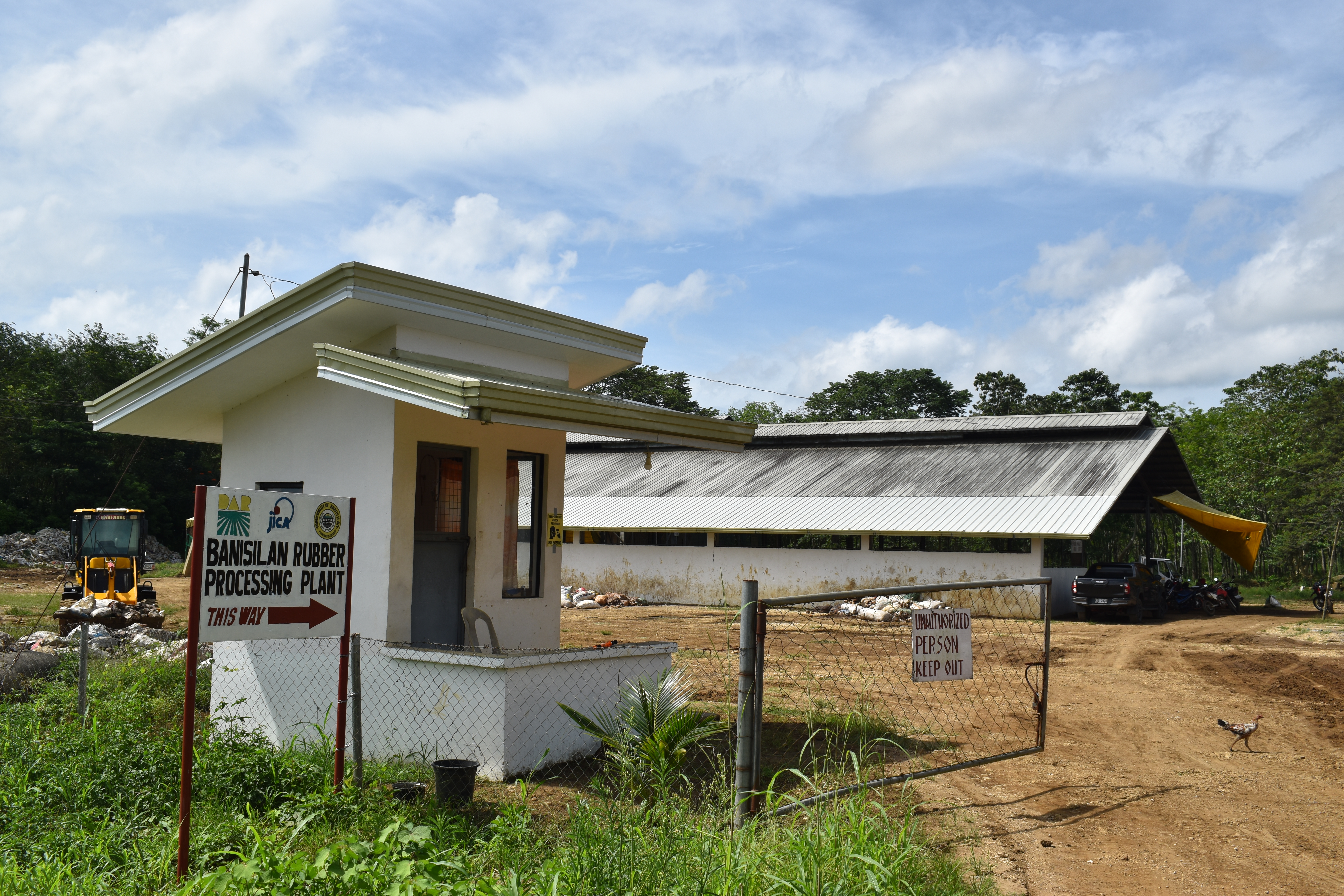
The landscape of the cooperative
“The Project (Rubber Processing Plant) was given to Banisilan Farmers Credit Cooperative then (BFCCO) amended into Banisilan Multi-Purpose Cooperative (BMPC). In order to serve the rubber farmers, a management transition team was created who initially administered and managed the operation of the rubber processing plant while looking for another qualified farmers organization or cooperative to receive, administer, and manage the project,”narrated Marvin Nadala, the new general manager of the cooperative.
Nadala is appreciative of the humble beginning of the previous farmer’s organization for it gave them the wider lens to strategize and recalibrate their management landscape. From 38 members, the cooperative has grown to 248 active members as of August 28, 2023. It is a joint venture of Department of Agrarian Reform - Mindanao Sustainable Agrarian and Agriculture Development (MinSAAD) project funded by Japan International Cooperation Agency (JICA), which aims to improve the agricultural production and income of farmers in three regional areas in Mindanao: Davao Region, Northern Mindanao, and SOCCSKSARGEN, of which the municipality of Banisilan is part.
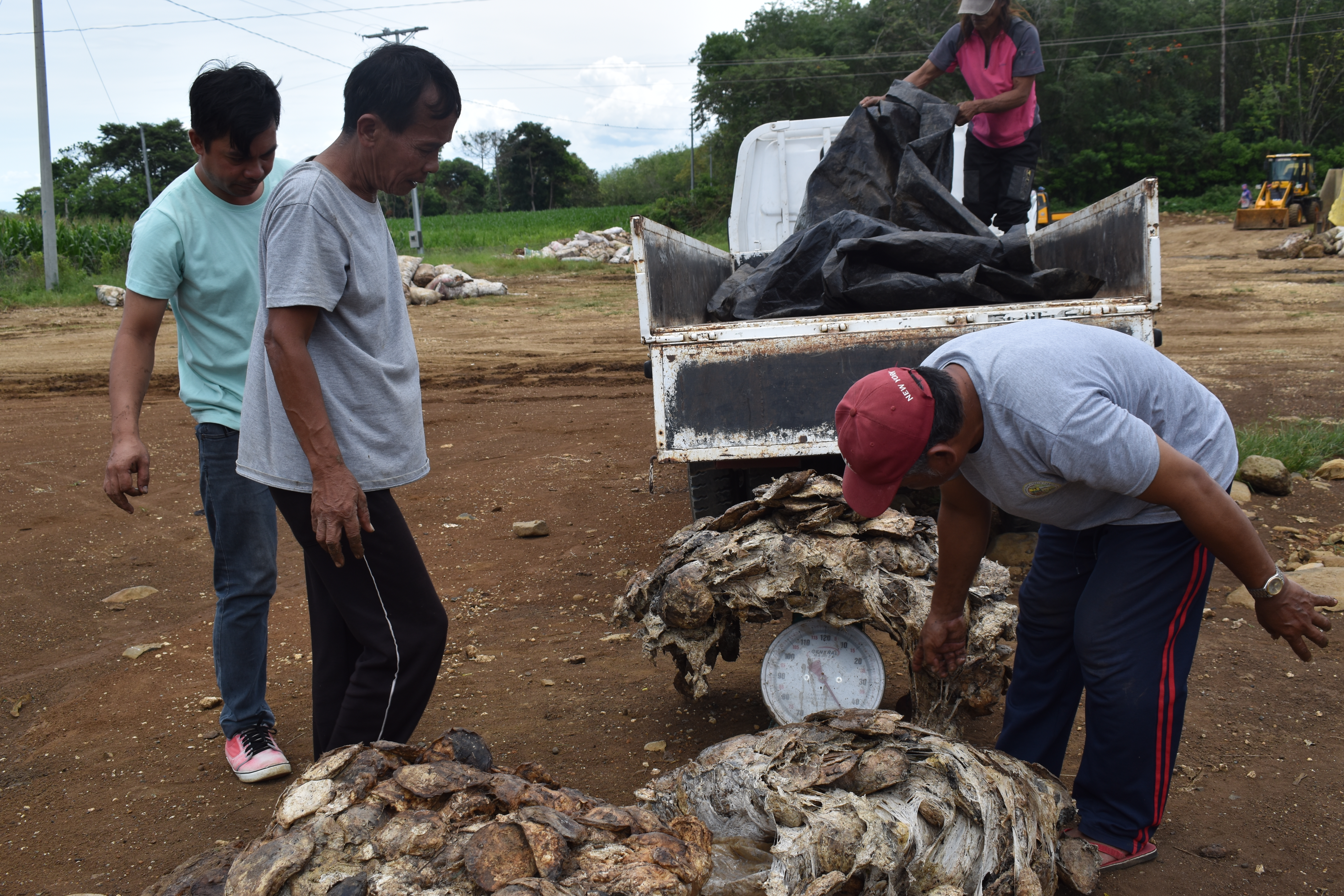
Investing for the benefit of farmers
Walking on unfamiliar ground and leaving the comforts of your own home to set up an organization is a campaign that needs a lot of patience and total commitment. “I can vividly recall that we started from scratch when the previous group turned over the command of responsibility to us. Not a single chair or table was left in the office so we did our meetings while standing or squatting on the floor. It was a test of perseverance among the members of the board. We did our mission [for] free and we even shared our own money just to keep our group moving. It was a total overhaul,” BARFARBC chair Melecio C. Calvo shared.
It was October 22, 2019 when BARFABC formally registered as a cooperative. Even through many trials and difficulties, the cooperative endures to serve the ordinary farmers in the community. “We never imagined reaching this far. Even with our limited resources this includes the need to pay the previous organization’s debts to the suppliers while at the same time orchestrating the financial management system of the cooperative,” chair Calvo added.
Through the fDAR-MinSAAD and JICA, the cooperative utilizes machinery and equipment for rubber production like milling and storage to continue operations, including helping farmers earh income.
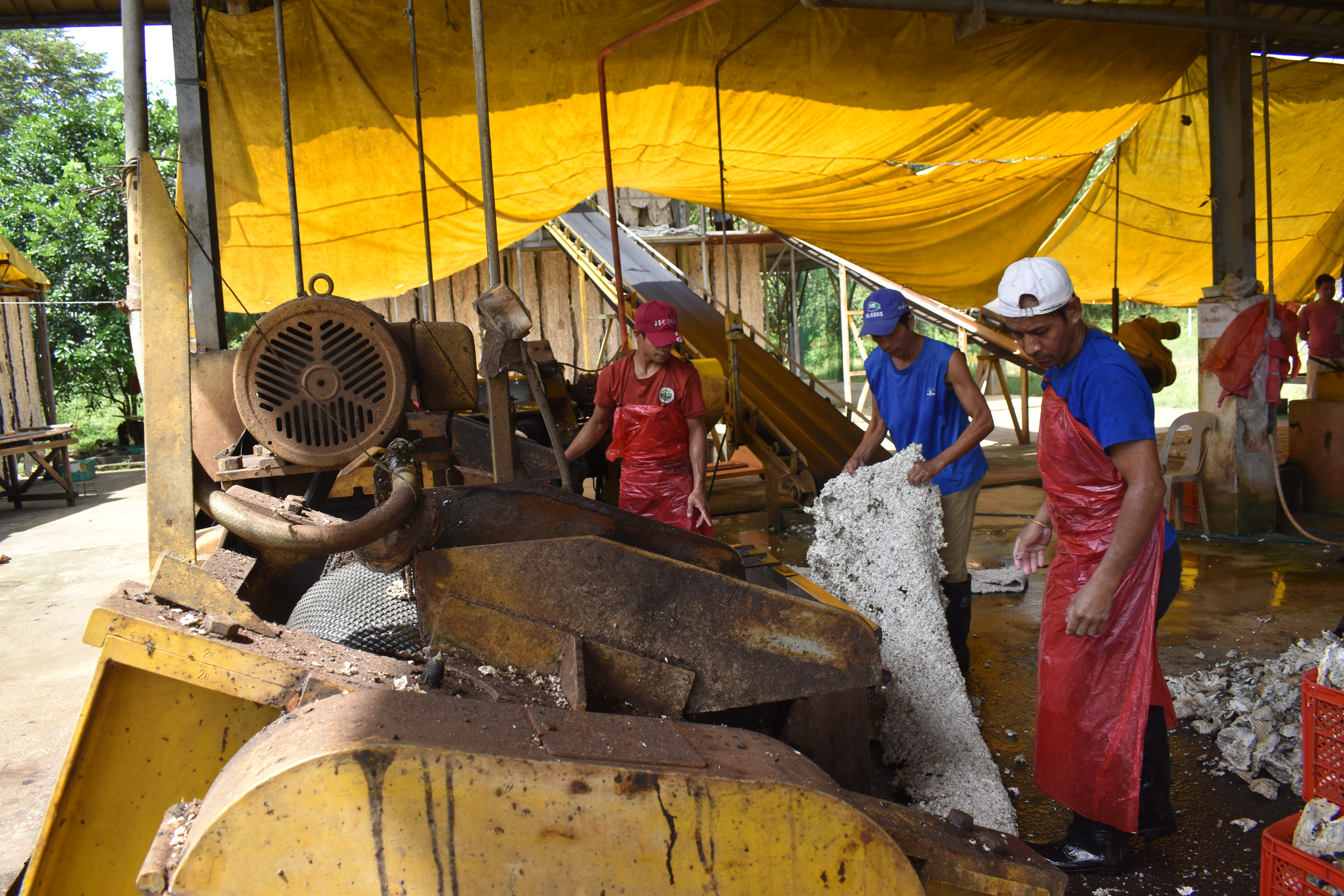
Catching up and reconnecting with rubber farmers
Reviving the journey among rubber farmers in the community who experienced failures and distress from the former mismanaged organization is another mission taken on by the new management team. “Since 2019, until I joined the co-op management, there was only a single economic activity—rubber processing or milling only. Having in mind the challenges faced by our farmers before, we try to scale up the operations of the cooperative. This time, we explore and connect with buyers outside our municipality and offer the delightful buying price to farmers,” Nadala reiterated.
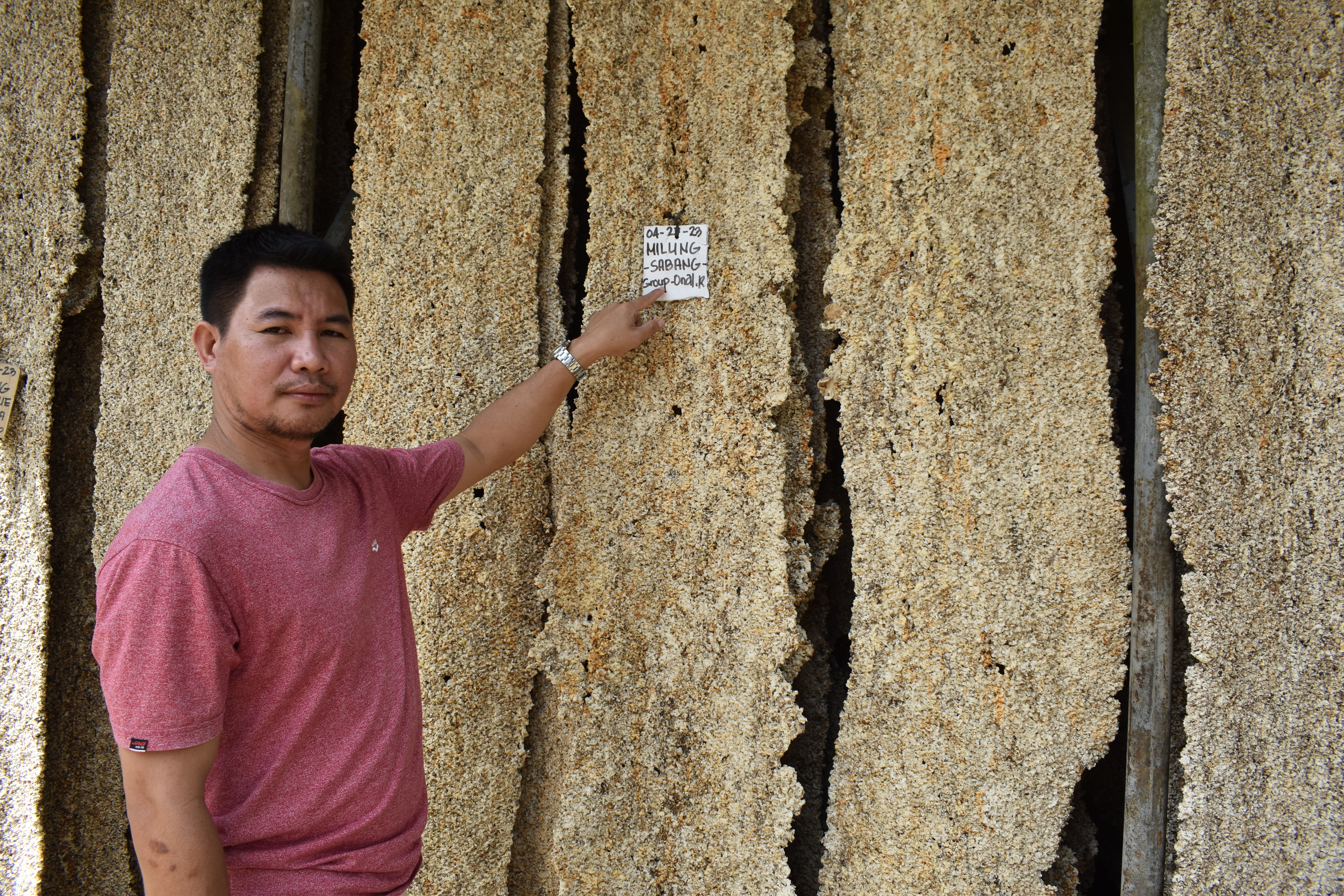
In the beginning, BARFARBC received resistance and discouragement from the other rubber-buying players, aka. Middlemen, who shared negative comments that the cooperative’s strategy will not succeed and will never gain profit. This didn’t stop the cooperative team. “Just this year 2023, we tried to offer a buying price of rubber produce among farmers at ₱29.00 compared to the private trader’s prevailing price of ₱26.00.”
Pushed by good intentions to help farmers, the cooperative took risks and were able to exceed the buying price of private rubber traders. “After a few months of our [cooperative] direct engagement with rubber farmers, we discovered that our private competitors started to increase their buying price as well,” Nadala underscores. With this, the BARFARBC realized that dictating the price of rubber produce is possible if an organization or cooperative will stand and be ready to compete.
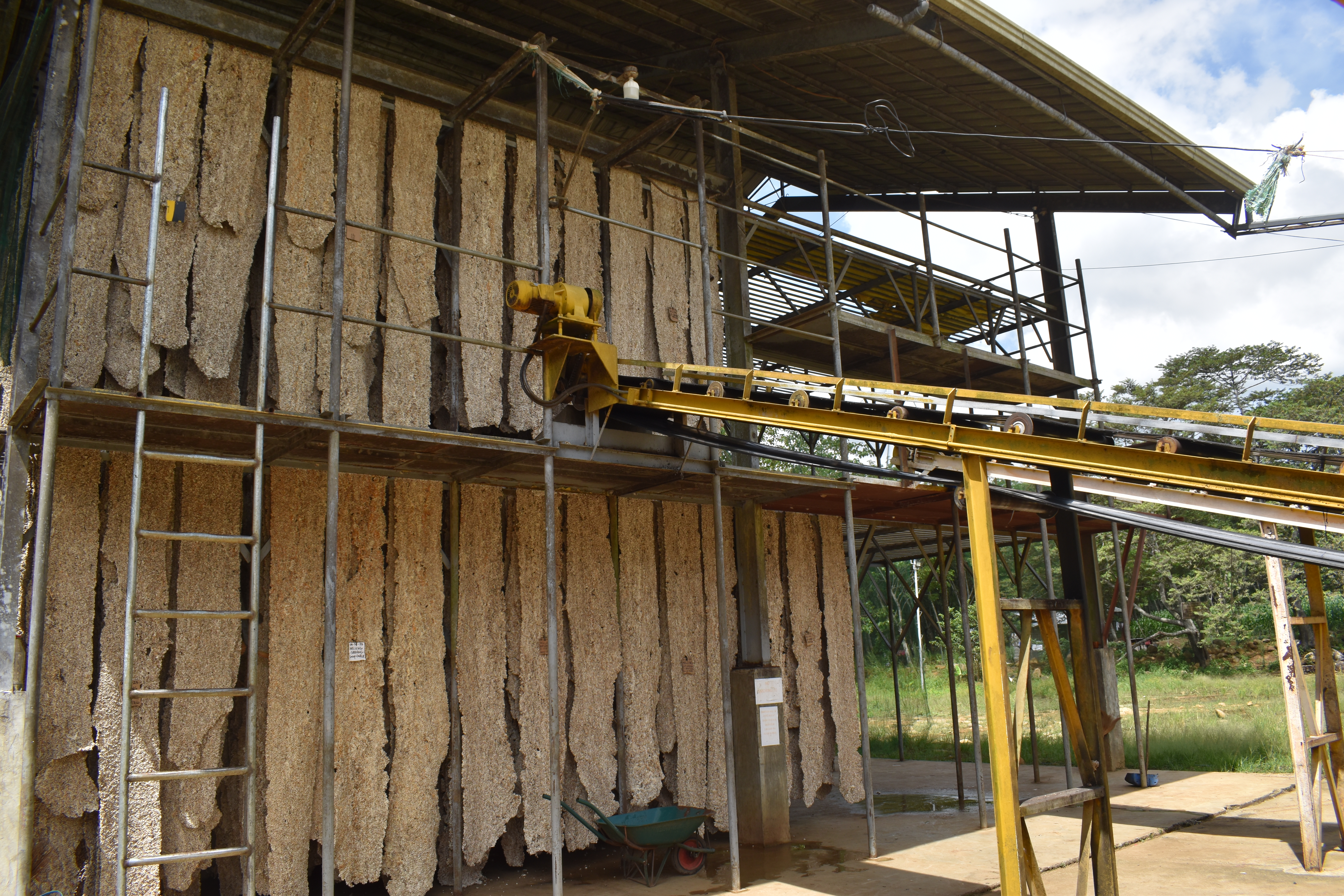
“The results made us view other options to increase our drive to position the market price of rubber on its [maybe] not best but competitive price. I believe that a single business partner is good yet multiple partners can be good options to choose. If one market alliance fails, then we still have another choice to consider,” he further added.
Growing the seed of confidence among rubber farmers
Considering various challenges in the rubber industry, BARFABC continues to observe the market and even analyzes the situation of rubber farmers on the ground. “This time one of the concerns of our local farmers is the availability of the materials like glacial acid and formic acid that are used to mix in the latex [a milky fluid usually produced by some plants like rubber] to make a good rubber ready to be milled or sold in the market. More often than not, these materials are not always available in our local agricultural store, [so] as a cooperative, we also try to purchase in the metro, ample amounts to be used by our farmers. Of course at an affordable price,” Nadala said.
The cooperative continues to establish collaboration with government and non-government partners to help educate local rubber farmers, the value of the commodity and its promising income. “While doing this kind of engagement, we continue to invite interested farmers to be a member of the cooperative.”
Bracing the impact of the pandemic
When the World Health Organization declared Covid-19 outbreak a global health emergency in 2020, it also brought many business enterprises down and this affected various areas especially the agriculture sector, where most of its human resources are farmers.
For rubber farmers under the BARFABC operations, it was a business as usual, since all of their employees are from the community. “We were lucky during the pandemic that we still operate with close supervision from our local authority including our health department. It was a blessing in disguise that despite the health crisis, we were able to provide livelihood [to] our farmer workers in the community. In fact, between 2020 to 2021, we earned gross income of almost ₱17 million with net income of ₱1.8M. As part of our community stance to share this blessing and profit, the cooperative initiated a feeding program in one of our covered public schools and gave the dividends to our active rubber farmers.”
Regaining the coop’s elastic strength
The cooperative team believes that maintaining the momentum and strength requires constant collaboration, especially with the government agencies. “This time, we try to establish a connection with a premiere public university in the Cotabato province for possible assistance and training. Our team also just attended a comprehensive training- workshop with Philippine Rubber Research Institute based at the ground of University of Southern Mindanao in Kabacan, Cotabato and they were able to re-echo it with the rest of active members of our cooperative,” Nadala further shared.
“BARFARBC manager also sees that there is a need to educate local farmers and emphasize that rubber produce in our municipality is valuable. In fact, when one of our private buyers said that after their test, our produced rubber consistently showed good quality and export quality.”
At present, the cooperative only captures 15 to 20% of the rubber produced from the municipality of Banisilan while the 80% goes to outside the municipality or to other rubber buyers. Given this percentage, Nadala’s team wants to reciprocate it to a higher number. “It means we want to capture more products from our local farmers, thus, helping them earn more.”
He said that they would continue to form linkages with other rubber-buying players and to look for competitive prices as a way to support the farmers. “Our campaign is consistent. We want to help our rubber farmers and are more than willing to pick up their rubber produce from their farm gate and bring it to our facility.
Setting a holistic operation system
“The present rubber milling equipment and drying facility of the BARFARBC can produce 150 bales from a processed [cup lump—a raw material from a rubber tree] for a 12-hour operation. Actually, we expect even higher production because of our latest business. This company picks up our products and exports them, as is,” Nadala reiterated further.

Due to limited space of the drying facility of the raw materials, this hinders the coop to double their production. “We aim to have facilities to meet the growing demand of rubber bales and double our products in 24-hour operation. With this, the coop is eyeing an expansion program of the processing plant like installation of truck scale and air/hang dry facility, he added.
While the cooperative endures the pressing need, it also plans to open banking services where credit and savings can be accessible to farmer members. “We aim to boost their interest and increase their investment in the cooperative. Exploring to make it a hybrid ‘CorpoRative’ by adopting corporate business practices into cooperative principles, he explained. Coop manager Nadala further said that all its plant workers or employees are insured and encouraging all members to avail such benefits, adding that they continue to advocate that all members will also enroll to Department of Agriculture’s Registry System for Basic Sectors in Agriculture (RSBSA) to ensure their crops and avail other benefits such as farm inputs from DA.
Call to a sustainable rubber industry in cotabato province
During her regular State of the Province Address in March 2023, Gov. Emmylou “Lala” Taliño- Mendoza shared that Cotabato Province ranks no. 1 in terms of rubber production in the whole country. This even challenged the cooperative to keep the rubber industry flowing, especially in the pipeline of BARFABC.
“As a contributory group to the status of the province, we want to scale up our actions on sustainable rubber industry especially in our municipality by providing good socio- economic services among our constituents. Like our on-going accreditation application and linkage to avail Department of Agriculture-Regional 12’s programs and services.
“We believe that this office has the machinery and skilled staff that can be honed and capacities of our farmers. Our cooperative team is excited to introduce livelihood opportunities like poultry (native chicken) farming under rubber trees, livestock (cattle and goat) farming, and aquaculture (tilapia/hito) farming. These integrated farming technologies and livelihood opportunities that will help encourage our members to maintain their rubber farms and even expand more. Income generation has a lot of options,” Nadala further shared.
BARBAFABC plans to establish solid market linkages among rubber farmers so that they could sell their farm produce directly to manufacturers. “We also want to capacitate our local farm workers, cooperative staff on the essentials of trading, marketing, and introduce new farm technologies including the intensification of direct farmer’s assistance.”
Sending the message to farmers and journey partners
Resetting and reviving the community cooperative needs passion, trust, and dedication to work out things in the most possible way. “For our dear farmers who once lost their confidence in our cooperative, we need to be brave enough to push necessary changes, take a risk by investing our own resources, and make our own stand to truth and transparency. We believe that as part of this cooperative; this is our new home now, and a member of our family.
Taking care by managing all the resources would mean embracing the future of rubber farmers in our own community in Banisilan including those who trust BARFABC. Cooperative manager Nadala recognizes the unwavering support of staff from the Department of Agrarian Reform- Cotabato Province’s PARPO II Evangeline C. Bueno, PARPO I and concurrent chief of agrarian reform officer For PBDD Emelita A. Mayol, and the rest of the staff who have been instrumental in the big leap of the BARFABC. “We appreciate and are grateful for their support. They never gave up and got tired of extending their support to the plight of the cooperative especially in the areas of capacity building.”
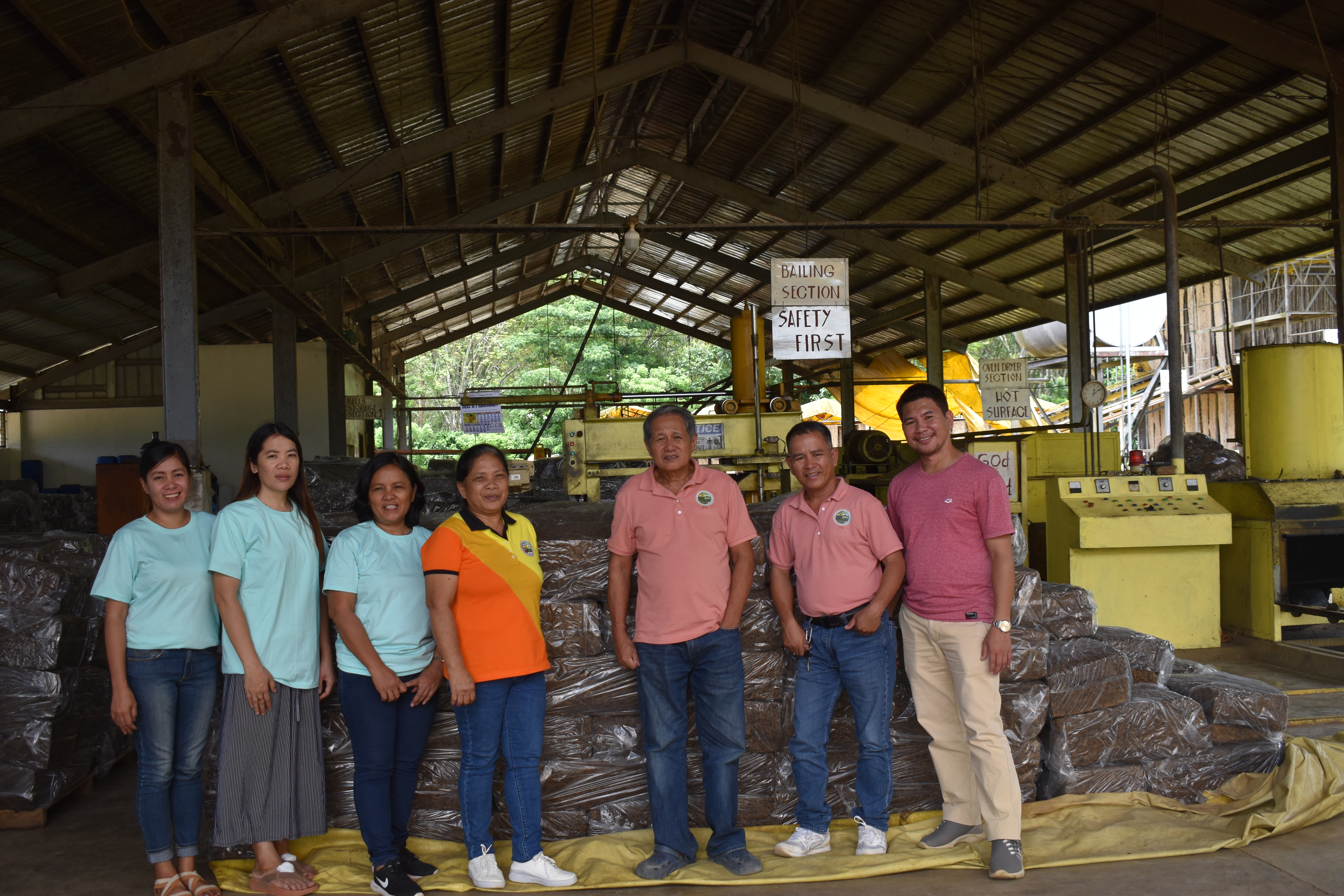
BARFARBC wants to tell all members that success is measured not by its profits but by its value. Being true and loyal to its motto, Making Lives Better, BARFARBC will continue its commitment to grow.
Photos by Rex Rubio